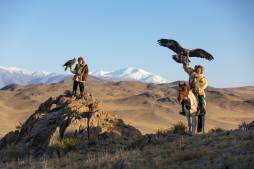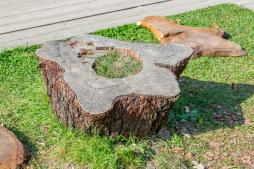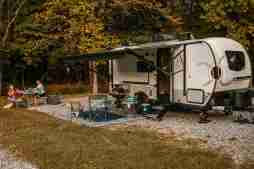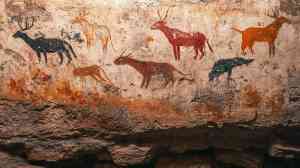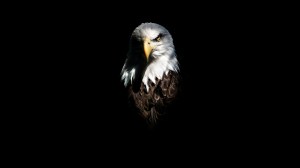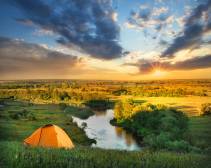The Cultural Significance Behind Restoring the American Bison Population

The American bison, once roaming in the millions across North America, faced near extinction by the late 19th century. Today, efforts to restore their population are not only about preserving a species but also about honoring cultural heritage and ecological balance. This article explores the deeper cultural significance behind the comeback of the American bison and why this restoration is vital for communities and ecosystems alike.
Historical Importance of the American Bison
For centuries, the American bison was central to many Indigenous peoples’ way of life. The bison was more than just a source of food; it provided materials for clothing, shelter, tools, and ceremonial purposes. The animal held spiritual significance and was revered as a symbol of strength and resilience. Understanding this history highlights why restoring bison populations carries immense cultural weight for Native communities.
Ecological Role of Bison in North America
Beyond their cultural importance, bison play a crucial role in maintaining prairie ecosystems. Their grazing patterns promote plant diversity and help sustain healthy grasslands. By wallowing—the act of rolling on the ground—they create microhabitats that benefit various plant and animal species. Restoring bison populations supports biodiversity conservation efforts and helps rebalance natural processes disrupted by human activity.
Modern Restoration Efforts
Numerous organizations collaborate with Indigenous tribes, government agencies, and conservationists to reintroduce bison into protected reserves and tribal lands. These efforts include breeding programs, habitat restoration projects, and educational initiatives that raise awareness about the species’ importance. Modern technology aids in monitoring herds to ensure their health while respecting traditional knowledge passed down through generations.
Cultural Revitalization Through Bison Restoration
Restoring bison populations has sparked renewed interest in cultural traditions tied to this iconic animal. Many Indigenous communities have integrated bison back into ceremonies, storytelling, art, and daily life practices. This revitalization strengthens community identity while fostering intergenerational connections centered around shared heritage.
Challenges Ahead and Future Prospects
Despite significant progress, challenges remain including land use conflicts, genetic diversity concerns within herds, funding limitations for conservation programs,and balancing public access with protection efforts. Continued collaboration among stakeholders will be essential to sustaining these gains long-term while expanding opportunities for public education about the profound significance behind America’s national mammal’s comeback.
The restoration of American bison is much more than an ecological project—it represents healing ties between people and nature rooted deeply in history and culture. As these majestic animals roam once again across parts of their ancestral range they remind us how intertwined our futures are with those who came before us—and inspire ongoing commitment toward preserving both natural heritage and vibrant cultures.
This text was generated using a large language model, and select text has been reviewed and moderated for purposes such as readability.
